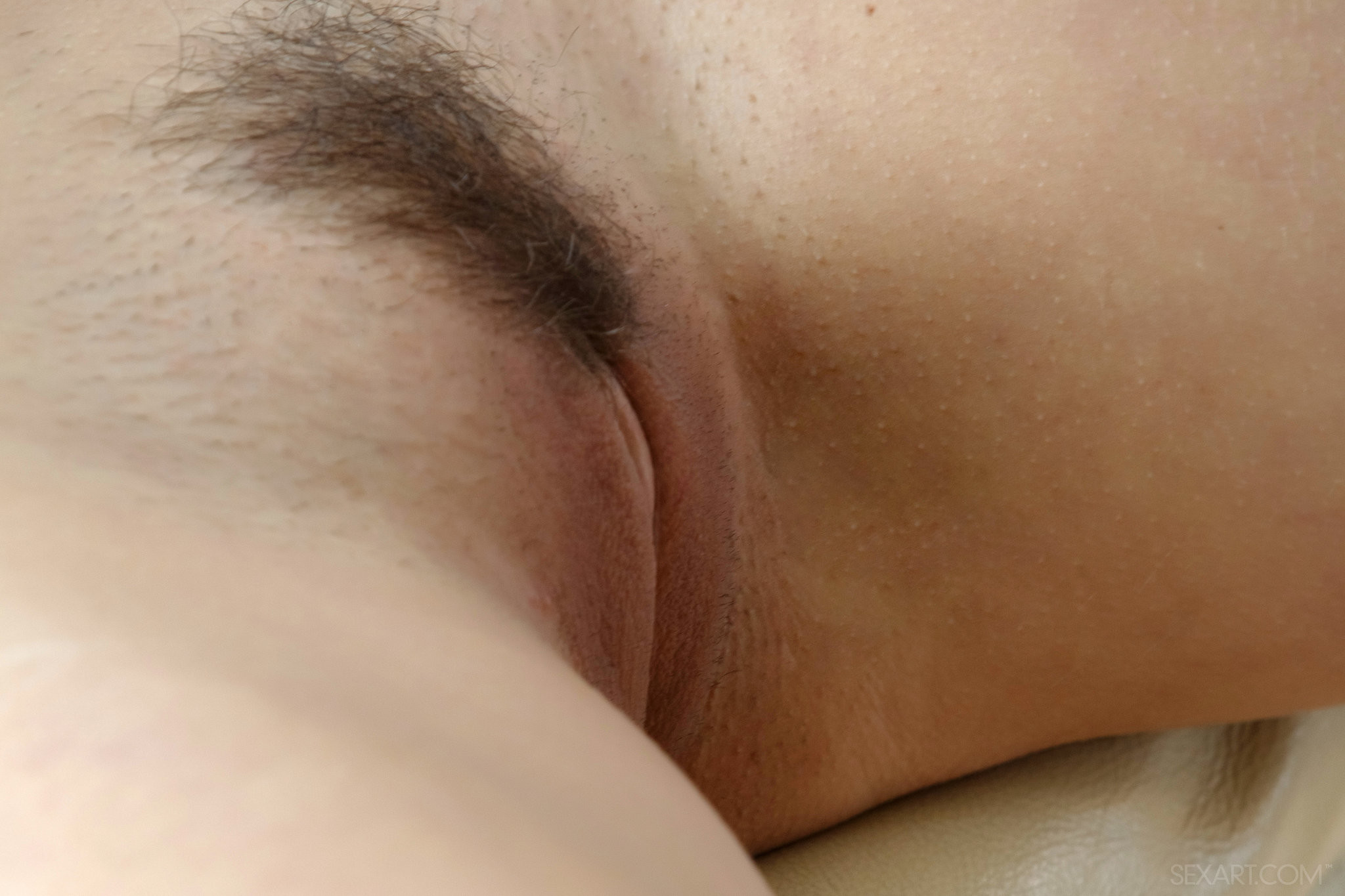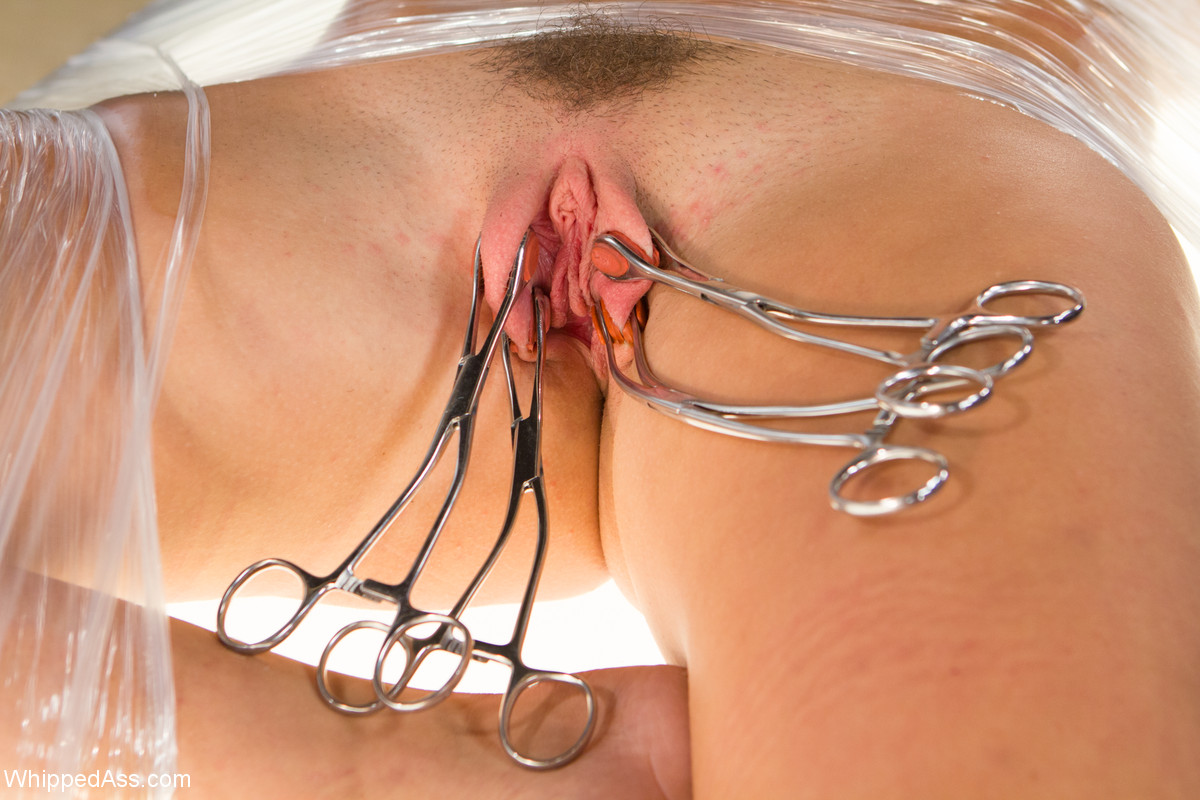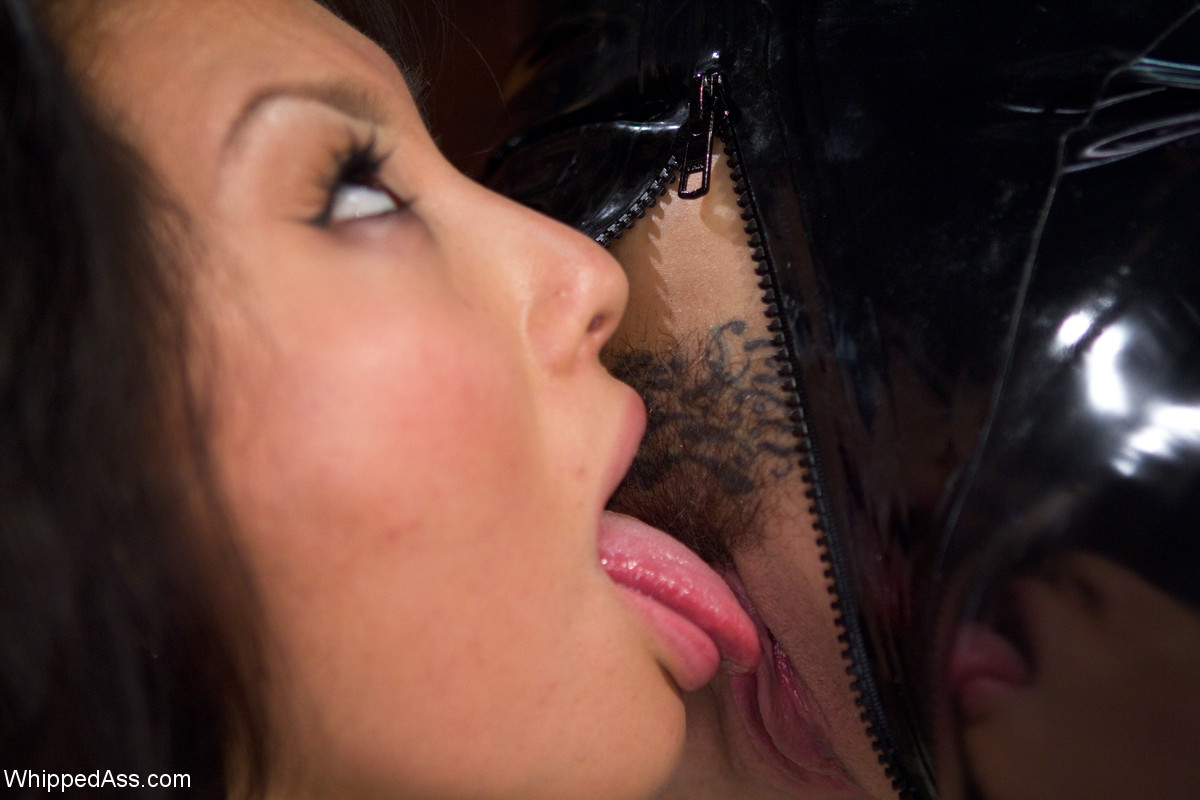Fact 1: Anatomical structure of the vagina.
Often, the entire genital region in women is incorrectly called the “vagina.” In fact, the external genital organ is correctly called the vulva.
The actual vagina, on the other hand, is an internal structure that is one of the reproductive organs, as are the uterus, ovaries, cervix and fallopian tubes.
Fact 2: Size of the vagina
The vagina itself is approximately 65 to 125 millimeters long, and the width of the inner genital lips is usually between 7 and 50 millimeters. However, during sexual arousal, the vagina expands in both length and width. As the numbers already show, the female sexual organ can vary greatly in its external and internal appearance.
Fact 3: Structure of the clitoris
The clitoris has 8,000 nerve endings that can promote sexual pleasure. By comparison, there are only 4,000 nerve endings in the penis. The clitoris lies beneath the clitoral prepuce and continues into the vagina. Despite its depth, it is listed in medicine as an external sex organ. However, the visible “mound” is only a small part of it, because the clitoris is about 10 centimeters long in total.
Fact 4: Labia look different on every woman
Not least the now great importance of pornographic films ensures a widespread ideal image of outer and inner labia. However, this is often far removed from reality, because labia come in a wide variety of shapes, sizes and colors. Like every part of the body, they are individually shaped.
Fact 5: Not every discharge is worrying
The vagina is an organ that cleans itself. Therefore, a certain amount of discharge is part of the natural cleansing process. However, as soon as pain occurs, the discharge increases or smells unpleasant, a doctor should be consulted. This is because a change in discharge can also indicate a sexually transmitted disease.
Fact 6: Bacterial environment in the vagina
Not all bacteria that live in the vagina are harmful. A positive bacterial environment can even prevent various diseases. If harmful bacteria get the upper hand, this is usually noticeable by an altered discharge accompanied by itching and burning. If you want to promote healthy bacteria in your vagina, you should completely avoid excessive washing with aggressive soaps. For the vaginal region, warm water is quite sufficient for cleaning.
Fact 7: Probiotic foods for better vaginal flora
Studies regularly provide evidence that in the case of recurrent vaginal infections, such as bacterial vaginosis, the consumption of probiotics or probiotic foods can provide support. In any case, probiotic foods such as yogurt contribute to healthy intestinal flora and better digestion. However, a strong change can often only be seen when taking the appropriate supplements.
Fact 8: Pelvic floor exercises strengthen the muscles
The pelvic floor muscles are a part of the female body that is often underestimated. Pelvic floor training is prescribed especially for uncontrolled urine or feces leakage. However, the so-called “Kegel training” can also promote more intense sensitivity during sexual intercourse. Even some women who have never had a vaginal orgasm before can reach new heights this way.
Fact 9: Sex keeps the vagina healthy
Sex can help keep the vagina healthy, especially during and after menopause. Hormonal changes with lower estrogen levels can cause dryness in the vagina. Sexual intercourse can counteract this development. If discomfort caused by dryness occurs during sex, lubricants can provide relief.








